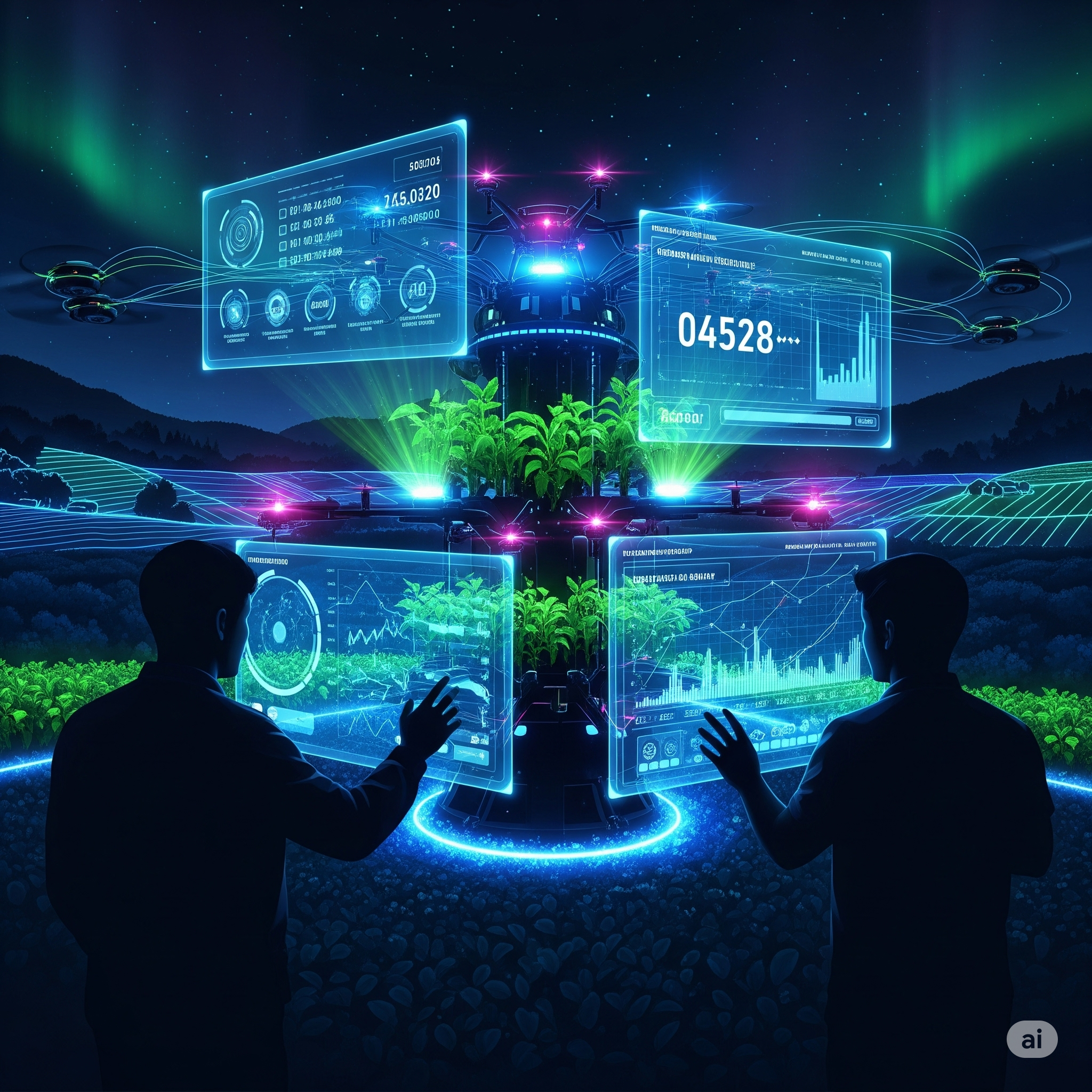Introduction
Self-driving cars and trucks, also known as autonomous vehicles (AVs), represent one of the most groundbreaking transformations in the modern transportation sector. Leveraging artificial intelligence, sensors, machine learning, and advanced computing technologies, these vehicles are designed to navigate and operate with minimal or no human input. While once considered a distant futuristic concept, self-driving technology is rapidly advancing toward widespread deployment across personal mobility and logistics industries.
This article explores the origins, working principles, benefits, challenges, regulatory frameworks, and future prospects of self-driving cars and trucks. It is structured to provide educational insights into how this technological innovation is reshaping how people and goods move around the world.
1. What Are Self-Driving Cars and Trucks?
Definition
Self-driving vehicles are equipped with advanced hardware and software systems that allow them to perceive their environment, interpret data, make decisions, and perform driving tasks without direct human control. These include acceleration, braking, steering, and navigating through traffic.
Levels of Autonomy
According to the Society of Automotive Engineers (SAE), vehicle autonomy is classified into six levels:
- Level 0: No Automation – the driver controls everything.
- Level 1: Driver Assistance – includes features like cruise control.
- Level 2: Partial Automation – the vehicle can control steering and speed but needs human supervision.
- Level 3: Conditional Automation – car can drive itself in specific conditions but requires human readiness.
- Level 4: High Automation – fully autonomous in specific environments; no driver needed.
- Level 5: Full Automation – complete autonomy in all conditions.
Most current testing and commercial deployments operate at Level 3 or 4.
2. How Do Self-Driving Vehicles Work?
Key Technologies
a) Sensors
Self-driving vehicles rely on multiple sensors to understand their surroundings:
- Lidar (Light Detection and Ranging): Uses lasers to create a 3D map of the environment.
- Radar: Detects the speed and distance of objects.
- Cameras: Recognize traffic signals, signs, lanes, pedestrians, and other vehicles.
- Ultrasonic Sensors: Detect close-range obstacles for parking or low-speed maneuvers.
b) AI and Machine Learning
Artificial intelligence allows the vehicle to process vast amounts of sensory data in real-time. Machine learning algorithms help in:
- Object recognition (cars, people, animals)
- Decision-making (when to stop, turn, or change lanes)
- Predicting the behavior of other road users
c) GPS and Mapping
High-definition maps and GPS are used for precise localization and route planning. These maps include detailed information about road curvature, lane width, and landmarks.
d) Central Processing Unit
An onboard computer integrates data from all sensors and AI models, allowing the vehicle to make decisions and control movement with precision.
3. Applications and Use Cases
a) Self-Driving Cars
- Ride-hailing services: Companies like Waymo and Cruise are deploying autonomous taxis in select cities.
- Personal mobility: In the future, private owners may use autonomous vehicles for daily commuting without needing to drive.
b) Self-Driving Trucks
- Freight transport: Autonomous trucks are being tested for long-haul goods movement, reducing the need for human drivers.
- Logistics and warehousing: Some warehouses use self-driving trucks for in-house logistics operations.
4. Advantages of Autonomous Vehicles
a) Safety Improvements
Human error accounts for over 90% of road accidents. Self-driving vehicles can reduce accidents by adhering to rules, maintaining safe distances, and reacting faster than humans.
b) Efficiency and Fuel Economy
Autonomous vehicles can optimize driving behavior to reduce fuel consumption and minimize traffic congestion by:
- Avoiding unnecessary acceleration
- Optimizing routes based on real-time data
c) Accessibility
People with disabilities, the elderly, or those unable to drive can gain mobility independence with AVs.
d) Economic Productivity
Autonomous vehicles allow passengers to work or relax during travel, increasing productivity. In freight, self-driving trucks can operate longer hours than human drivers, improving logistics efficiency.
5. Challenges and Concerns
a) Technical Challenges
- Adverse Weather Conditions: Rain, snow, and fog interfere with sensor accuracy.
- Complex Urban Environments: Pedestrians, cyclists, and erratic driving behavior make it difficult for AVs to navigate.
- Sensor Blind Spots: No sensor suite is perfect; overlapping data is needed to ensure redundancy.
b) Ethical and Legal Dilemmas
- Decision-Making in Crashes: How should a vehicle choose between two harmful outcomes?
- Liability: If an autonomous car crashes, who is at fault – the owner, manufacturer, or software developer?
c) Cybersecurity Risks
Self-driving vehicles are vulnerable to hacking, potentially compromising safety. Cybersecurity safeguards are essential to protect vehicle systems.
d) Job Displacement
Millions of people globally depend on driving for their livelihood. Automation could displace truck drivers, taxi drivers, and delivery personnel, creating socioeconomic challenges.
6. Regulatory Landscape
Global Initiatives
Different countries are taking unique approaches to regulate autonomous vehicles:
- United States: Several states like California and Arizona allow testing with specific permits. The National Highway Traffic Safety Administration (NHTSA) is working on AV safety standards.
- European Union: The EU is focusing on harmonized rules and cross-border AV testing.
- China: Aggressively developing AV infrastructure, especially in smart cities like Shenzhen and Shanghai.
- India: Still in early stages, with limited infrastructure and regulatory clarity. The Ministry of Road Transport and Highways is studying AV implications.
Standardization and Testing Protocols
Before public deployment, AVs must pass rigorous testing and validation processes, including:
- Closed-track simulations
- Real-world driving in geofenced areas
- Public feedback and third-party safety assessments
7. Environmental Impact
a) Reduced Emissions
Autonomous vehicles can support the transition to electric mobility. Many AVs are electric or hybrid, contributing to lower greenhouse gas emissions.
b) Traffic Optimization
Smooth driving patterns and reduced idling at traffic signals can cut emissions and improve air quality, especially in urban areas.
c) Shared Mobility
Autonomous ride-sharing reduces the number of vehicles on the road, leading to decreased traffic congestion and pollution.
8. Economic Implications
a) Industry Disruption
Self-driving technology is set to disrupt several sectors:
- Automotive manufacturing: Traditional carmakers are partnering with tech firms to stay relevant.
- Insurance: Risk models and premium calculations need to be redefined.
- Freight and logistics: Companies may cut transportation costs through automation.
b) New Opportunities
- AV Software Development
- Fleet Management and Maintenance
- Smart Infrastructure Deployment
- Data Analytics and Cloud Services
9. Notable Players and Projects
a) Companies
- Waymo (Alphabet Inc.): Pioneer in autonomous taxi services in Phoenix, Arizona.
- Tesla: Offers Autopilot and Full Self-Driving (FSD) features with regular over-the-air updates.
- Cruise (GM): Testing robotaxis in San Francisco.
- Aurora and Embark: Specializing in autonomous freight and trucking.
- Baidu and Pony.ai: Leading the AV revolution in China.
b) Indian Startups
- Minus Zero: Developing AI for autonomous driving in Indian traffic conditions.
- Swaayatt Robots: Focused on Level 5 autonomy for complex environments.
10. The Road Ahead: Future of Autonomous Mobility
a) Integration with Smart Cities
Self-driving cars will integrate with smart traffic lights, IoT-enabled infrastructure, and 5G connectivity to improve coordination and efficiency.
b) Human-Machine Collaboration
In the short-term, semi-autonomous vehicles (Level 2/3) will coexist with traditional cars. Drivers will still be responsible in many scenarios.
c) Public Acceptance and Trust
Building public trust is critical. Education, transparent safety reporting, and government oversight will play vital roles in adoption.
d) Rural and Last-Mile Challenges
Adapting AVs for rural areas and last-mile delivery needs will require further technological and infrastructural innovations.
Conclusion
Self-driving cars and trucks are not just a technological marvel—they represent a paradigm shift in transportation, safety, and mobility. With applications ranging from personal travel to freight logistics, autonomous vehicles hold the promise of reducing accidents, enhancing accessibility, and revolutionizing the economy.
However, several hurdles remain, including technological maturity, regulatory clarity, ethical concerns, and public acceptance. The success of this innovation will depend on a balanced approach involving governments, industry leaders, academia, and civil society to ensure that autonomous mobility benefits all sections of society.
As we stand on the cusp of this transformation, understanding the nuances of self-driving technologies is essential for future policymakers, engineers, and citizens alike.




